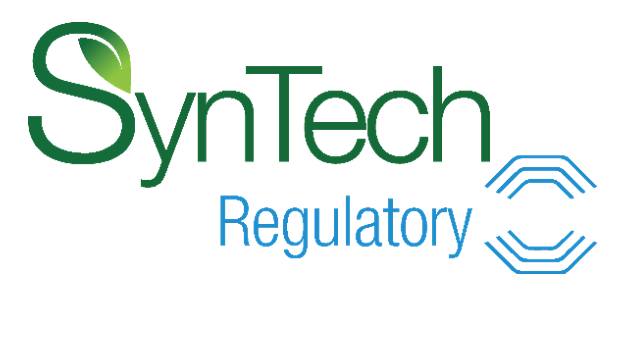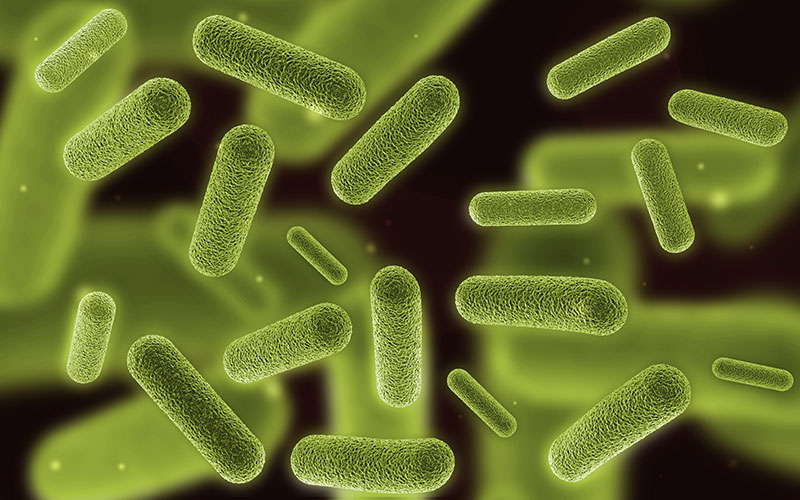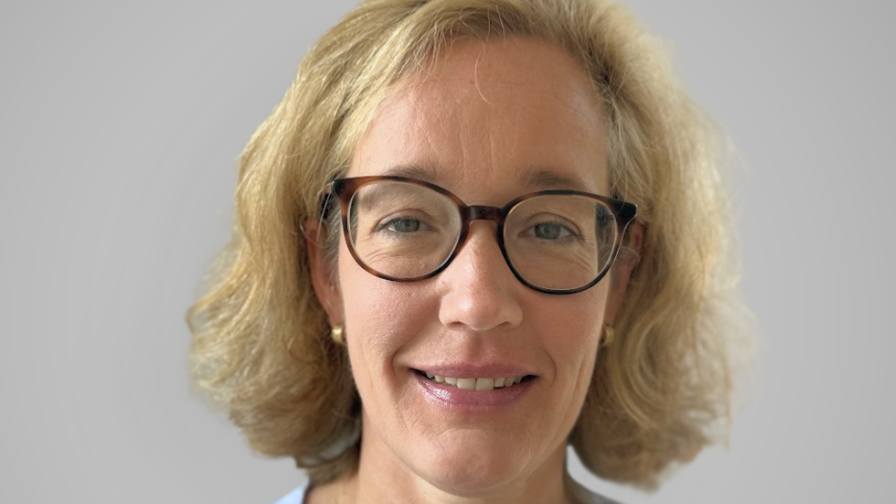Sustainable Podcast: Mark Trimmer Discusses Key Takeaways from the Dunham Trimmer Global Biocontrol Report
AgriBusiness Global interviewed Mark Trimmer, who is the Managing Partner of Dunham Trimmer and a Board Member of the Biological Products Industry Alliance. In this podcast, Trimmer talks about key points from his company’s Global BioControl Report, a 330-page report analyzing the microbials, biochemicals, macroorganisms, and other biocontrol markets through 2029. The report took a year to complete and published in 2023 with 350 charts and graphs detailing market growth.
Podcast Transcript:
*This is a partial and edited transcript of the podcast.
ABG: What’s the state of the biocontrols industry overall based on your report’s findings?
MT: This industry has been growing quite rapidly over the last decade. We find today that the total value of the global market is right at about $6.2 billion, including the plant growth regulators. If we exclude those plant growth regulators, it’s about $5 billion. When we look across the regions, there’s some distinct differences in the trajectory of the market in different regions.
In the U.S. and in Europe, the biocontrol market has largely been focused on fruits and vegetables. We’re starting to reach a transition point now where the biocontrols have reached maturity in those markets, so the growth rate is beginning to slow and plateau. I perceive that by 2030, the growth rate will probably be more similar to what we see for the traditional chemical pesticide market.
Brazil is a completely different picture. In Brazil, the market is growing at high double-digit rates around the mid-20% range. Part of the reason is that the Brazilian government has streamlined the registration process for biologicals.
They’ve instituted other incentives for both growers and manufacturers to promote the use of biologicals and all those things that come together to allow the market to grow. The number one biggest difference over Brazil and the rest of the world, especially in the northern hemisphere, is we see widespread use of biologicals in row crops in Brazil. We haven’t seen that anywhere else yet around the world.
When we look at the EU, the biggest challenge is the regulatory system that makes it extremely difficult to register new microbial products. Whereas in in the U.S. and Latin America, we see microbials making up about 50% to 60% of the biocontrol market. In Europe, they make up less than 15%, and that is directly related to the difficulty of gaining registration approval for novel microbial products in Europe.
There’s a lot of differences in different regions of the world. When we look at a high-level globally, we see the market growing at about 10% to 12% currently. But there are vast differences in the growth rate between Latin America and the U.S. or EU, for example.
ABG: Like you said, a lot of the growth in Brazil has to do with government regulations as far as the ability to get these products to market. What growth does your report show for Africa, India, and China?
MT: Asia is growing quite steadily. Asia’s growth is between the growth rate we see in the U.S. and in Latin America. It’s not nearly as fast as Brazil, but we’re seeing steady growth in Southeast Asia, India, and China, with both biochemicals or plant extract-based products. There’s growth being seen within the pheromones used in many of the crops in Asia. We do also see microbials, although they don’t have quite as large a share of the market in Asia as they do in North America and Latin America.
Africa has always been a slightly more challenging market. We but we do see pockets of real significant use of biocontrols in South Africa, Kenya, Egypt, and Morocco. You know those markets that have exports specifically of vegetable crops and high value ornamental crops.








